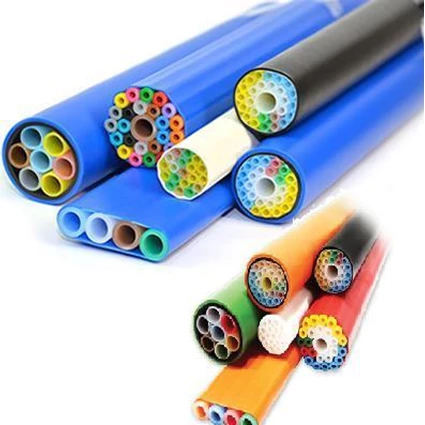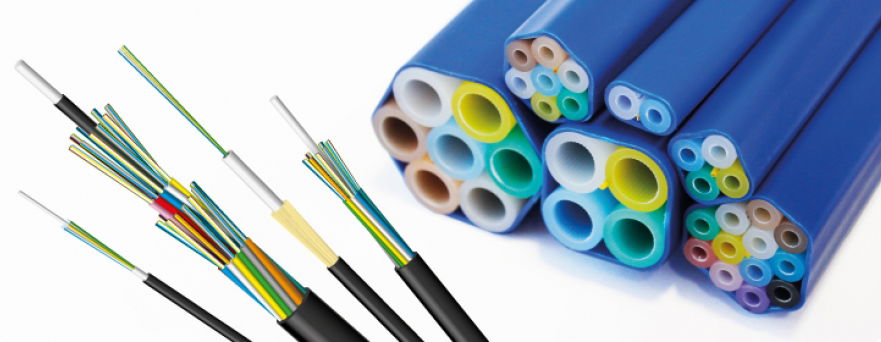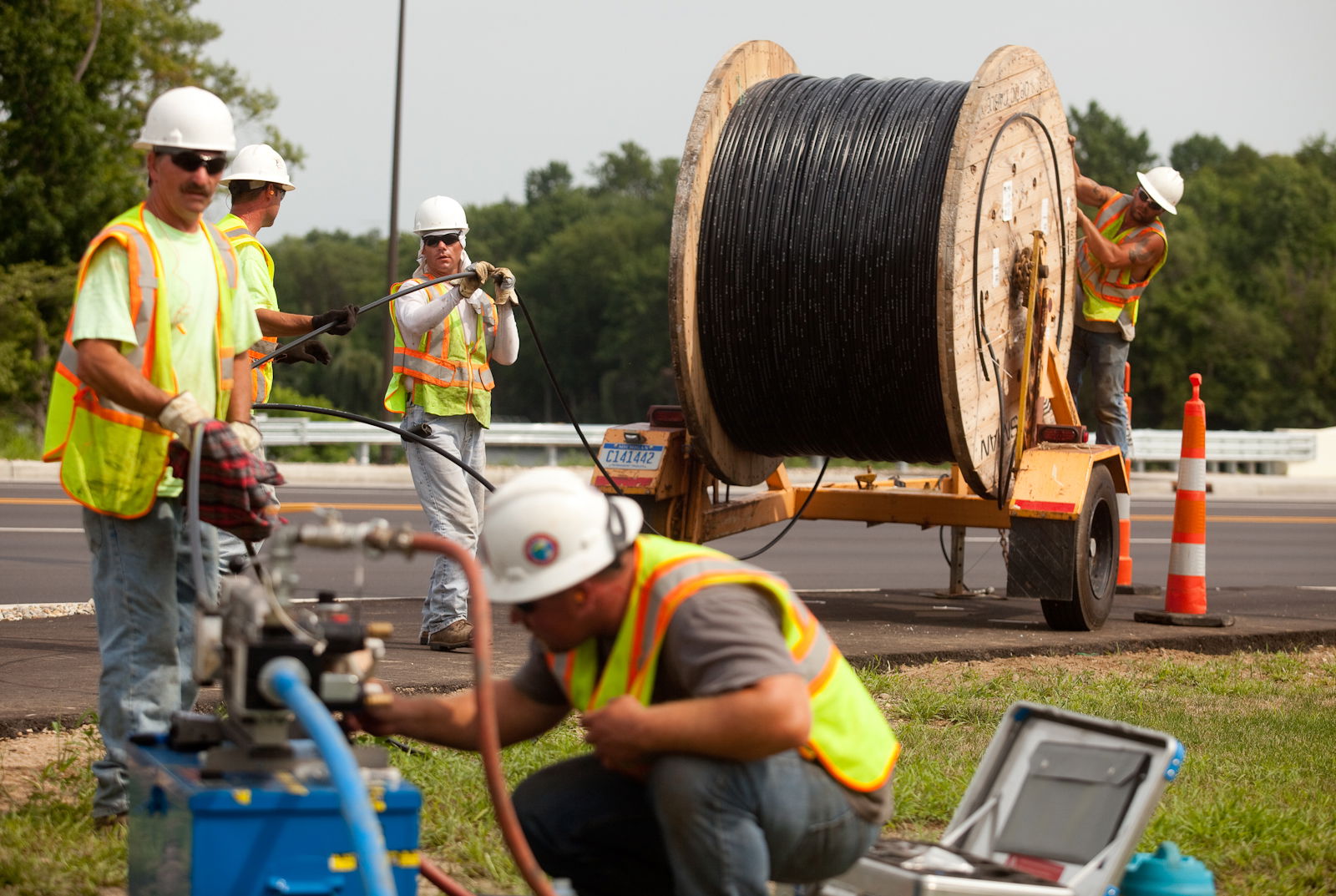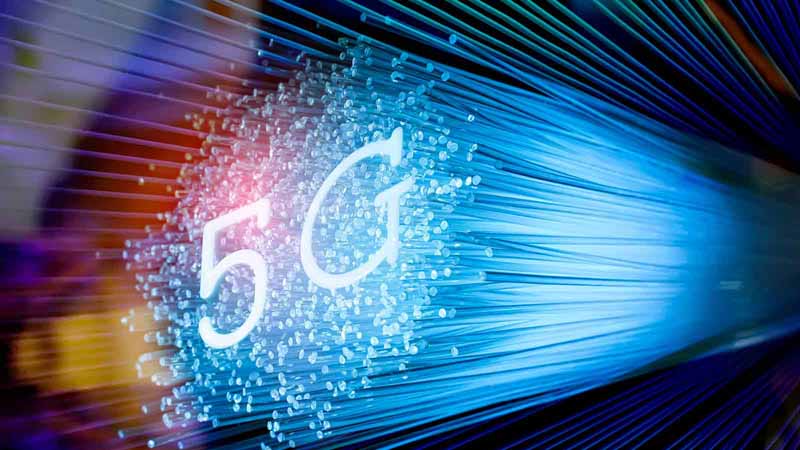Solution for microduct networks

Fiber optic networks made with microduct technology are becoming more and more common in the infrastructure. Lenora airwave product family is our solution for constructing fiber optic networks and microduct networks. Fiber optic solutions based on microduct technology are ideal for growing and changing neighborhoods and cities. Our airwave solution consists of microducts and installation accessories.

The Microducts Solution
Microduct conduit can be an economical solution for reducing network building, construction and reinstallation costs. Microducts and micro-cabling offer an alternative and less expensive option to rebuild, enhance and improve data pathways for increased data demand. Together, they represent a technological step-change for updating and enhancing the country’s existing and aging communications infrastructure.
- Ideal option to expand existing fiber network and increase bandwidth for future use.
- The smaller cables allow for smaller enclosures and can be placed in existing vault and pedestals.
- One microduct can house up to 288 fibers. Additional extra ducts can be left open, allowing pathways for future expansion.
- Microducts typically range between 3 mm and 20 mm, are smaller in size and weigh significantly less than conventional cables.

The benefits of moving towards microduct solutions
One of the major advantages of microduct solution is the reduction in the initial CAPEX. In a conventional duct solution, you need to install the cables along with the ducts or at least before your ducts are joined together. Microducts allow you to install your cables at a later point in time. You first install only microducts and then later you install the cables as and when required. Microducts are small compared to conventional ducts. So they must be cheaper and easy to handle. Microduct sizes are 6mm, 8mm, 10mm, 12mm, 14mm, 16mm, 20mm while that of conventional duct are 32mm, 40mm, 50mm, 75mm, 100mm. etc.
Cables can be installed by using the air blowing technique. Air blowing can go up to 2000 meters depending on the cable, blowing machine, and duct characteristics. Conventional duct installation needs manual pulling.
Micro duct cable installation is faster. So, your project time is reduced drastically. Think about it, when you make a plan for your network. You can save a lot of money.
Where to Use Blown Fiber and Microducts
FTTH - Blown micro fiber cable systems are fast becoming the preferred system of choice in access networks, where cost of homes passed, speed of deployment, flexibility, and future scalability is of utmost importance. Today, blown fiber to the home is being adopted as the preferred architecture for access networks.

Datacenters and 5G - Another not so obvious application of air blown technologies is for datacenter, 5G or other networks requiring high fiber count connections between two points. Sometimes several 1000-s of fibers are required and by using multiple cables blown into microducts, the installation will be faster and safer. It is also easier to build a redundant network.

Conclusion of using microduct systems
Microcables have been developed in purpose to utilize existing and new duct systems more effectively by accommodating more fibers in given sub-duct network. Another benefit is its light weight compared to conventional loose tube cables. By reducing cable weight installation lengths increase as in blowing installations cable weight is one of the main parameters that define how long lengths can be blown in to the duct. Also, overall cable handling becomes easier because lighter cables do not require that robust and heavy drums nor heavy equipment. This all could lead to cost reduction during cable deployments. One drawback, if it can be considered, is that micro cable are naturally not that robust than other cable designs that are deployed and used in the same applications, like conventional loose tube cables.

It is widely acknowledged that microduct system in FTTH solution is the only future-proof technology when it comes to bandwidth capacity, speed, reliability, security and scalability.